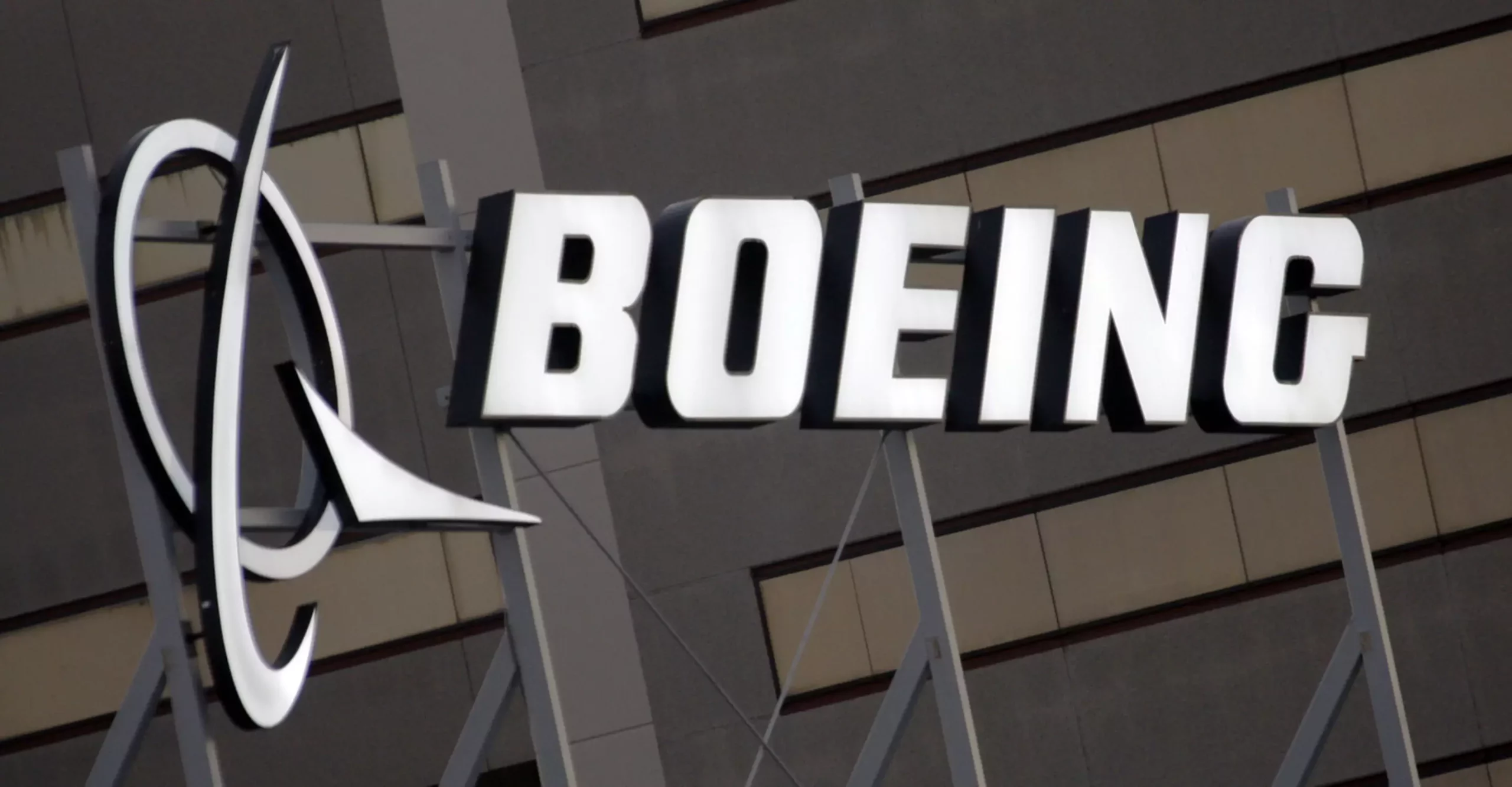In a significant restructuring move, Boeing has replaced the head of its defense and space division, signaling the urgency for the organization to address ongoing struggles with governmental contracts and operational setbacks. Theodore “Ted” Colbert III, who had served as the president and CEO of Boeing Defense, Space & Security, was removed from his position, with Steve Parker, the division’s chief operating officer, stepping in as his temporary replacement. This leadership change comes as Boeing grapples with unprofitable projects that have strained its financial resources, particularly contracts with the Pentagon and NASA.
The departure of Colbert, who had a 15-year tenure at Boeing – including roles as the chief information officer and overseeing the global services business – is indicative of the high stakes in the aerospace sector today. Kelly Ortberg, Boeing’s newly appointed CEO, emphasized the importance of restoring trust and performance within the division to maintain valuable partnerships with government clients. His remarks reveal the company’s commitment to overcoming its challenges and signals an organizational pivot aimed at fortifying its reputation within the industry.
Struggles with High-Profile Projects
Boeing’s defense and space sector has faced multiple operational hurdles, notably resulting in substantial financial losses. Over the past few years, particularly since 2022, the division has reported losses amounting to $6 billion, paralleling difficulties faced by Boeing’s commercial airplane sector. Chief among the challenges has been the development of the Starliner space capsule, which encountered serious technical issues during its inaugural crewed mission. Such setbacks not only delay timelines but also erode the trust of key stakeholders, making it imperative for leadership to act decisively.
Compounding these issues are the problematic contracts with the Pentagon, most notably the contract for the new Air Force One aircraft and the refueling tankers meant for the Air Force. These essential projects are cornerstones of Boeing’s defense portfolio. However, unanticipated complications and fiscal discrepancies have raised concerns about the timely and efficient execution of these contracts. The intricacies of government contracts often entail rigorous scrutiny, and failure to meet expectations can have far-reaching implications.
Future Directions and Expectations
As Boeing embarks on its leadership transition, a critical phase lies ahead. The search for a permanent replacement for Colbert will be closely watched by industry insiders, stakeholders, and customers alike. The new leader will face the weighty task of not only steering the division back to profitability but also reinstating confidence in Boeing’s operational capabilities. With increasing competition in the defense sector and a reliance on government contracts, the way forward demands both strategic vision and the ability to execute efficiently.
Boeing’s commitment to its mission, as articulated by CEO Ortberg, must resonate through the ranks of its defense and space teams. The emphasis on collaboration and performance improvement suggests a renewed focus on operational integrity that could redefine its standing in the marketplace. Success in this competitive and scrutinized industry hinges not only on recovering finances but also on successfully reinvigorating partnerships designed to support critical missions globally. The coming months will undoubtedly test Boeing’s resilience and adaptability as it navigates this challenging landscape.


Leave a Reply